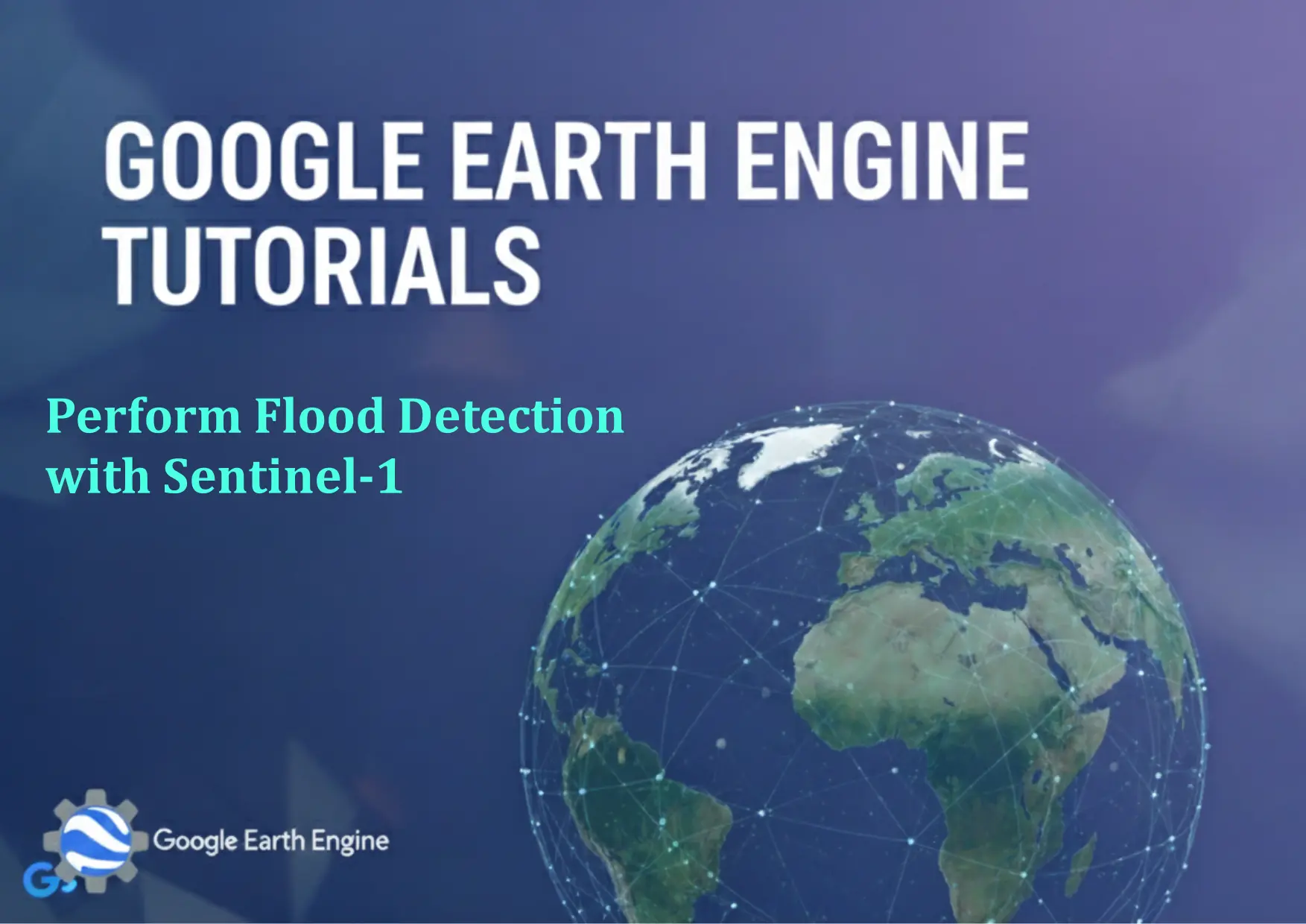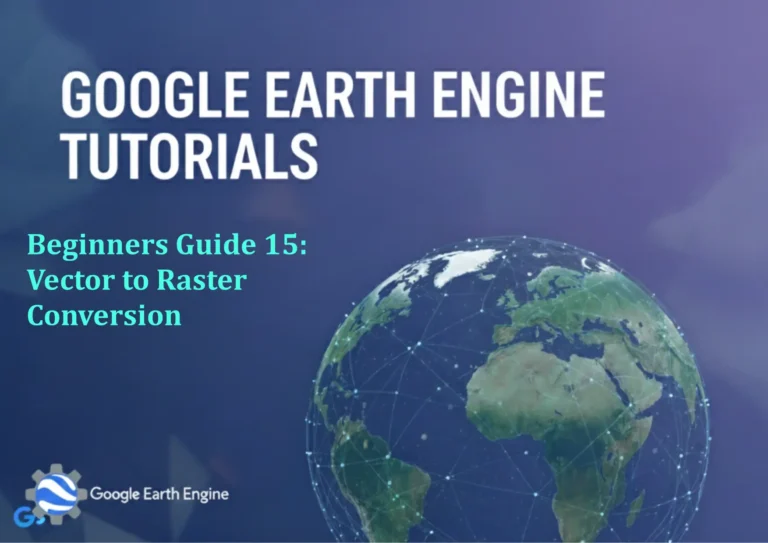Google Earth Engine Tutorial: Perform Flood Detection with Sentinel-1
Credit: Youtube Channel “Terra Spatial, Guide on using Sentinel-1 SAR imagery for flood detection and calculating inundated areas.”
You can see all the tutorials from here: Techgeo Academy.
Google Earth Engine Tutorial: Perform Flood Detection with Sentinel-1
Flood detection using satellite imagery is a critical task for disaster management and environmental monitoring. Sentinel-1, a synthetic aperture radar (SAR) mission from the European Space Agency (ESA), provides valuable data for flood mapping due to its all-weather and day-night imaging capabilities. In this tutorial, we will walk through the steps to use Google Earth Engine (GEE) for flood detection with Sentinel-1 data.
Setting Up the Environment
To begin, ensure you have access to the Google Earth Engine Code Editor. Sign in with your Google account and open the editor. The following steps are written in JavaScript, which is the primary language used in GEE. You can adapt them to Python if needed.
Loading and Filtering Sentinel-1 Data
Use the ee.ImageCollection function to access Sentinel-1 data. Filter the dataset by date, location, and sensor mode. For example:
var collection = ee.ImageCollection('COPERNICUS/S1_GRD')
.filterDate('2023-01-01', '2023-01-31')
.filter(ee.Filter.eq('instrumentMode', 'IW'))
.filterBounds(region); // Replace 'region' with your area of interest
Preprocessing the Data
Apply necessary preprocessing steps such as radiometric calibration, speckle filtering, and terrain correction to improve data quality for flood analysis. For instance:
var preprocessed = collection.map(function(image) {
return image.select('VH', 'VV')
.multiply(1000) // Convert to dB
.clip(region);
});
Flood Detection Algorithm
Flood detection typically involves identifying areas with low backscatter values (e.g., water surfaces). Use thresholding on VV or VH bands. Example:
var threshold = 10000; // Adjust based on your study area
var floodMask = preprocessed.select('VV').lt(threshold);
Visualizing the Results
Visualize the flood mask on the map by setting visualization parameters. For better clarity:
Map.addLayer(floodMask, {palette: ['blue']}, 'Flood Areas');
Exporting the Flood Map
Export the flood detection results as an image to your Google Drive:
Export.image.toDrive({
image: floodMask,
description: 'flood_map',
folder: 'GEE_exports',
fileNamePrefix: 'flood_mask',
region: region,
scale: 10,
maxPixels: 1e10
});
FAQ
Why is Sentinel-1 suitable for flood detection?
Sentinel-1 uses SAR technology, which allows imaging through clouds and at night, making it reliable for flood monitoring.
How long does processing take in Google Earth Engine?
Processing time depends on the dataset size and computational load. Small datasets may process in minutes, while large ones require hours.
What resolution does Sentinel-1 provide?
Sentinel-1 offers resolutions of 10 meters in Interferometric Wide (IW) mode, suitable for detailed flood analysis.
Can I improve flood detection accuracy with additional data?
Yes, combining Sentinel-1 with optical data (e.g., Landsat) or ground-truth data can enhance accuracy.
What variables are used in flood detection algorithms?
Common variables include backscatter values (VV/VH), normalized difference water index (NDWI), and temporal changes in surface reflectance.





